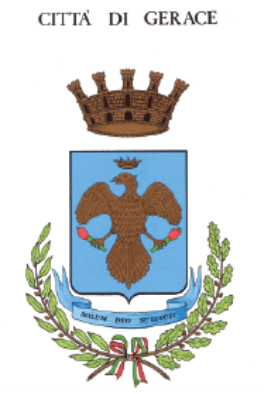
The old bridge was built in the period between 1557-1566. years above the river Neretva. A wooden bridge and two towers were built on this site earlier, as evidenced by written sources of Vladislav Hercegović, the son of Duke Stjepan. The Ottomans built the first stone bridge soon after the conquest of this area, under the management of the Ottoman builder Hajrudin.The bridge connects the two shores, and due to the morphology of the terrain, it is characterized by a thin and elegant shape with an arch 29 m long, or almost 20 m high. According to sources, 456 stone blocks and 300,000 Ottoman akca were used for the construction. The stone belongs to the tenelia type, excavated probably from nearby quarries. Over time, a complex of a series of buildings for various purposes has developed around the bridge. It is interesting that the city of Mostar was named after the guardians of the local bridge, the so-called mostari. Precisely because of its ambient and historical values, it is recognized as one of the main symbols of Mostar and the wider area of Herzegovina. It was demolished during the war in Bosnia and Herzegovina in 1993, and restored and included in the UNESCO World Heritage List in 2004. In addition, it has an exceptional tourist value for the area of Herzegovina. Bridge jumping is traditionally held at this site, with even the Red Bull World Series program in extreme diving taking part.





